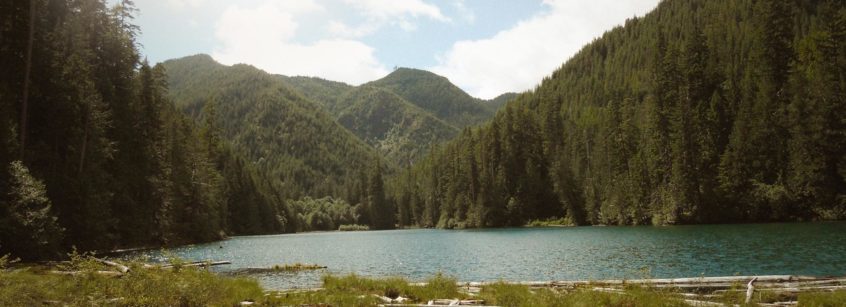Jim Petersen, the co-founder of the Evergreen Foundation, is one of the most effective chroniclers and advocates of the Northwest forestry industry and those who work in it. One of his favorite topics to write about in recent years through his Evergreen Magazine is forest collaboratives.
As we noted on the WFPA blog in 2015, Petersen came around to forest collaboratives – the partnerships between forest landowners, environmental groups and local, state and federal officials – because they are “one of the only ways forward.”
Petersen recently wrote a two-part series (Part 1 and Part 2) about how federal judges are increasingly ruling in favor of forest collaboratives when an environmental group tries to challenge the collaboratives’ forestry projects in court.
One the examples Petersen cites is an August 2017 decision by the 9th Circuit Court of Appeals to uphold an “A to Z” timber sale and forest restoration project in Northeast Washington, led by Vaagen Brothers Lumber.
First among three significant changes: federal judges are becoming more comfortable with the congressionally-blessed collaborative process that encourages diverse citizen-stakeholder groups to partner with the Forest Service in identifying, designing and monitoring forest restoration projects intended to restore natural resiliency in forests that hold too many trees for the carrying capacity of the land.
Second: their rulings reflect a welcome sensitivity to and appreciation for the demanding and difficult work these all-volunteer groups are doing, as well as a much-improved understanding of observable forest decline and, likewise, a willingness to apply case law in ways that allow collaborative forest restoration projects to proceed.
Third: the U.S. Forest Service is doing much better project planning work than it did a decade ago. It is mastering the Rubik’s Cube of environmental law and regulation that, for years, seemed to defeat its best laid plans at every turn.
Petersen elaborated on the trend in another post this month, describing in more detail why judges are having a change of heart.
On the simple side, judges read the same newspapers the rest of us read, recreate in the same forests we frequent and breathe the same godawful air all of us breathe during the long summer months, so they know our National Forests are dying and burning in the largest wildfires for which records exist.
Judges also know that serial litigators have become a significant impediment for the U.S. Forest Service and stakeholder collaborative groups that are working with the agency on designation, design and monitoring of forest restoration projects.
…I have read dozens of federal court rulings over the last 30 years, enough to have formed the idea – the hope – that federal judges, no matter their political persuasion, now do indeed see the fine line where society’s ever-shifting, ever-pressing felt necessities intersect with case law. It is this intersection that forms the decision space in which judges do their work.
Congress is also coming around, Petersen writes.
A good case can be made for the fact that Congress views these collaboratives as their get out of jail free card – meaning that the collaboratives are providing well-balanced and well-reasoned solutions to contentious forest management problems rooted in conflicting laws and regulations created over decades by – guess who – Congress.
Because Congress likes what it sees, it has been willing to give these all volunteer groups more latitude, including the authorization of Good Neighbor Authority, rules and regulations that permit state forestry departments to help the Forest Service staff projects designated by collaboratives in concert with elected officials.
